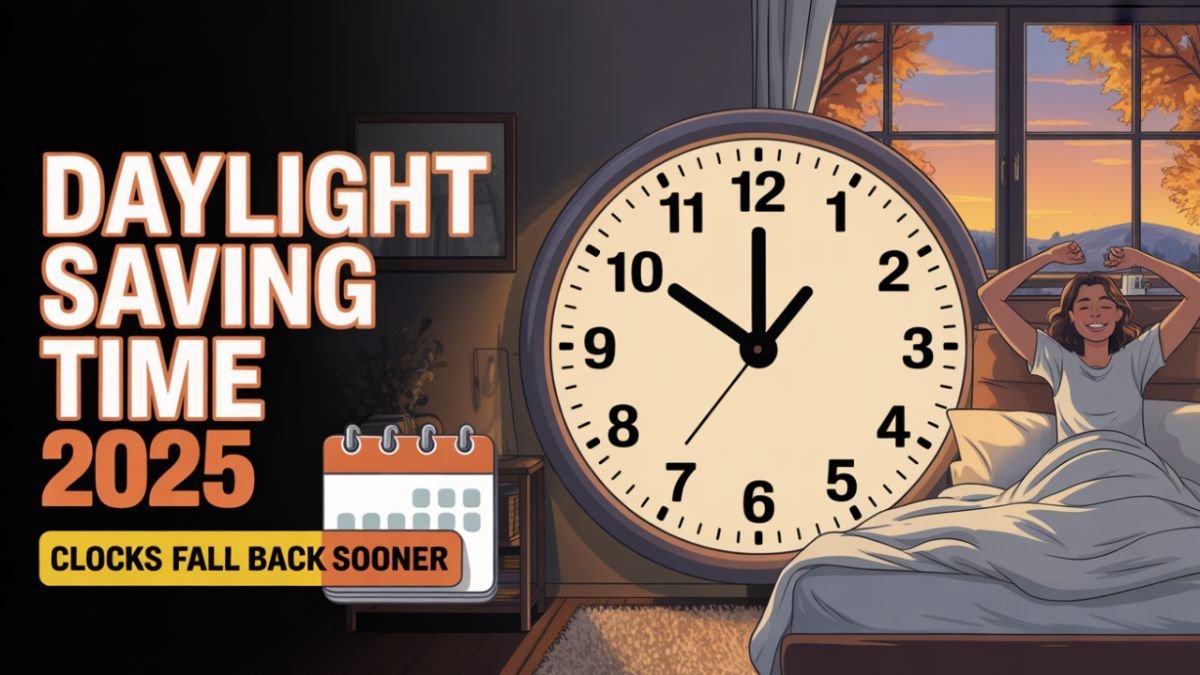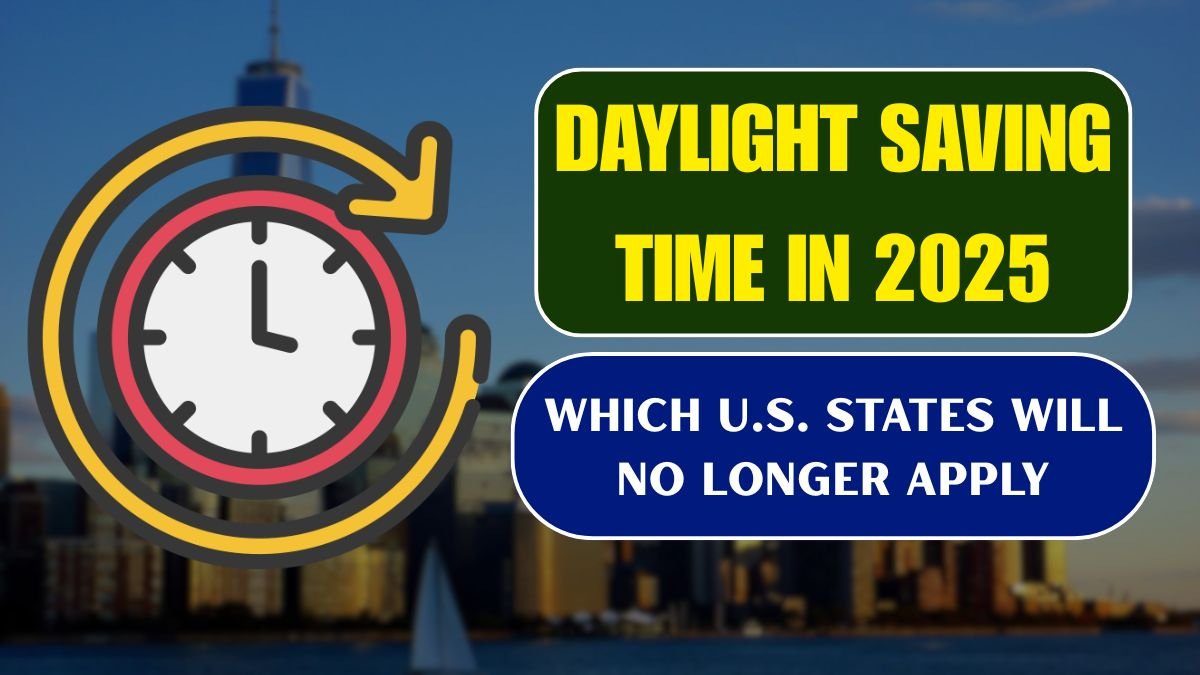The debate surrounding the minimum wage in the United States is nothing new. For years, labor unions, economic experts, and social organizations have been raising the question of how difficult it is for people to rely on outdated wage structures amidst rising inflation. Employees who work for an hourly wage are particularly affected by the increasing cost of living.
Meanwhile, in October 2025, the federal government made a significant decision. The minimum wage was increased to $12.50 per hour. This step, the first since 2023, directly impacted the lives of millions of people. Along with this, more than half of the states in the US also adjusted their minimum wage rates, providing relief to employees working in various industries.
Below is a detailed and clear look at the reasons, impact, and future implications of this change.
Table of Contents
Federal Minimum Wage: What Changed in 2025 and Why?

Under the new wage law implemented in October 2025, the minimum wage nationwide was increased from $12.00 to $12.50 per hour. While this increase may seem small—only 50 cents—its real impact is significant.
For a full-time employee working 40 hours a week, this translates to an additional $1,040 in annual income. This extra income can be a crucial support for families facing economic hardship. The increase was deemed necessary given the rising costs of essentials such as rent, food, transportation, and education.
Which Industries Were Immediately Affected?
- Retail stores
- Restaurants and fast-food chains
- Hotels and lodging
- Nursing assistants, caregivers, and other healthcare support staff
- Grocery and supermarket employees
These are all industries where wages are typically paid on an hourly basis, and millions of people working in these sectors directly benefited from this increase.
State-Level Wage Increases: Each State’s Own Story
A unique aspect of the US system is that the federal minimum wage only provides a baseline. States have the complete freedom to set wages higher than this. This is why different states in the country see different pay rates for the same job.
In October 2025, several states increased their rates, bringing them significantly above the federal rate.
States with Higher Wages
- California, Washington, and Massachusetts: Wages here are already $15 per hour or more.
- New York and New Jersey: New rates between $14 and $15 per hour were implemented.
These states also have a higher cost of living, but the higher income helps employees secure a better lifestyle.
States Where Wages Are Still Minimal
- Mississippi
- Alabama
- Louisiana
Most employees in these states still rely on the federal minimum wage of $12.50. This makes it clear that workers’ income in America is determined not only by their job but also by the state they live in.
Why was a minimum wage increase necessary?
1. The cost of living was rising rapidly.
- Rent, utility bills, food, and healthcare have become increasingly expensive in recent years. This left many families in desperate need of additional income.
2. Inflation had reduced the real value of earnings.
- When inflation rises, wages need to rise as well; otherwise, people fall behind despite earning more.
3. Money needed to circulate in the economy
- When workers have more income, they spend more. This strengthens local businesses and markets.
4. There was a growing shortage of workers in the service sector.
- Many companies were struggling to retain good employees. Raising wages can reduce employee turnover.
Who will be affected by this change?
Those who will benefit positively
- Hourly wage employees
- College students and part-time workers
- Healthcare support staff
- Families living in smaller towns, where this increase makes a big difference
New challenges for business owners
Raising wages can be difficult for some small businesses, especially small restaurants and shops. They may take steps such as making cuts, raising prices, or reducing staff numbers.
However, economists believe that in the long run, this change leads to greater stability and improved productivity among employees.
Will this be the last increase of 2025?
The debate over the minimum wage doesn’t seem to be ending anytime soon. Several states are also considering proposals to automatically increase the minimum wage annually in line with inflation.
The federal government may also consider raising the minimum wage again in 2026 or 2027, especially if inflationary pressures persist.
Conclusion: The 2025 Wage Increase: A Ray of Hope for Workers
The October 2025 minimum wage increase, while seemingly small, has a profound and far-reaching impact. This step has brought relief to millions of workers. The varying increases implemented by different states have made this change even more widespread.
This increase is not just about money; it’s a step towards a better life, better opportunities, and a more secure future. If wages continue to be adjusted in line with inflation and market conditions in the coming years, America’s working class can achieve a stronger economic foundation.
FAQs
Q. What is the new federal minimum wage in 2025?
A. The federal minimum wage increased to $12.50 per hour effective October 8, 2025.
Q. Do all U.S. states follow the federal minimum wage?
A. No. Many states set higher wages, while some southern states still follow the federal baseline.
Q. Which workers benefit the most from this increase?
A. Retail, hospitality, food service, healthcare support staff, and other hourly workers benefit the most.
Q. Why was the minimum wage increased?
A. To help workers keep up with rising living costs, inflation, and improve economic stability.
Q. Will minimum wage increase again soon?
A. Possibly. Several states and federal lawmakers are considering future increases tied to inflation.




